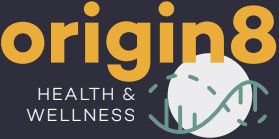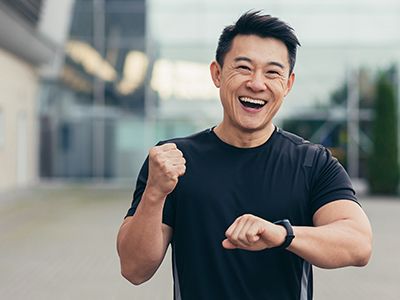
We all get older, and unfortunately, we pass on from this life. My question to you: How are you adapting to your living experience?
Let’s dive into beliefs, truths, and myths of aging.
Wear and Tear: considered to be normal aging of something with everyday use.
Normal: defined as the usual, average, or typical state or condition.
To use an analogy; a baseball pitcher is exposed to years of throwing a ball usually with great effort, or with different angles and twists of their arm. It may be typical for pitchers to have degenerative changes to the shoulder due to overuse, especially as they continue into a professional setting. Consider players who do not have problems with overuse, generally chalked up to genetics, or idiopathic (we don’t know). Over the last 40 years, there has been significant research into prolonging the health and investment of professional athletes. Research on athletic performance has proven rest and recovery therapies to aid in longevity.
In the above example, it's known that the more extreme the biomechanics (bones, muscle, and joints involved in the movement of the body) the faster derangement of the tissue. My father used to say, “if there are more moving parts there is a greater risk for something breaking.” Translate this example into the average life of a person. Ask: What have been my repetitive movements and postures over years? How much rest or therapies have I applied toward my activity? What is the quality of my rest
In reflection of this analogy and application to your life, what is the expectation or prediction of health outcomes? Medically we call this prognosis (Excellent, Good, Fair, Poor).
A quick reference to the numbers.11-13 pitchers per team, 30 teams, 340 surgeries 2000-2018,55% success, with 2018 showing 650 pitchers drafted.
As a practitioner, we want to satisfy the patient by having a solution. To say its wear and tear typically is enough for a person to accept the diagnosis. Allowing the person to move on with an understanding of why their problem exists. What happens next is where the philosophy of science clashes.
OPTIONS:
– Medical model the solution is to take pain medication, muscle relaxers, cortisone injections, platelet therapy, stem cell injections, or surgical correction.

– Physical Therapy will attempt to break up muscle adhesion, with stretching, dry needling (a concept from Acupuncture), ultrasound, electric stimulation, ice heat, and strength training for stability.

– Chiropractic will refer to the correlating spinal segment and mobilize the vertebrae. Hiltons law states that nerves that go to certain joints also affect the muscles around the joint and the local skin.

-Applied Kinesiology will use neurology principles to check the reflexes found within the muscle, and the dynamic functions of movement within the joint.

– Chinese Medicine correlates organ systems to the associated muscles of the body.

– Neurology looks at the bi-directional conductance of the nerve energy between the brain to the joint.

– Biochemistry looks at the availability of fuel within the system as well as the efficiency of the body to eliminate waste.

– Psychology will investigate how the patient feels about the problem and look for a historical pattern within stored memory.

– Occupational therapists and ergonomic specialists will loo for repetitive patterns and implement strategies to minimize Stress in the area of complaint.

Every patient will see different results based on their particular needs. However, as a patient, how do I know which is the correct therapy. Can I trust my doctor to investigate my problem with an open mind? Will they give me direction as to the best tool for recovery based on my presentation?
Origin8 Health & Wellness will help you get to the bottom of your health concerns. If we are not the solution we will get you where you need to be.
Stay tuned for my series on aging. The next blog will be about how aging occurs within the body.



